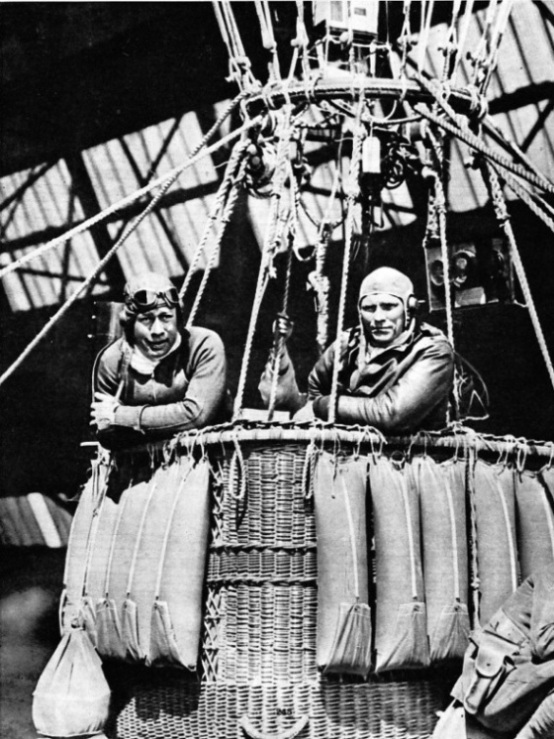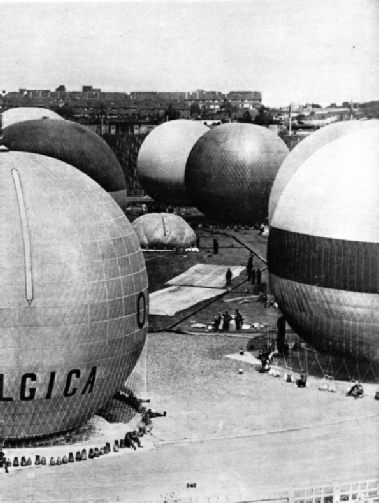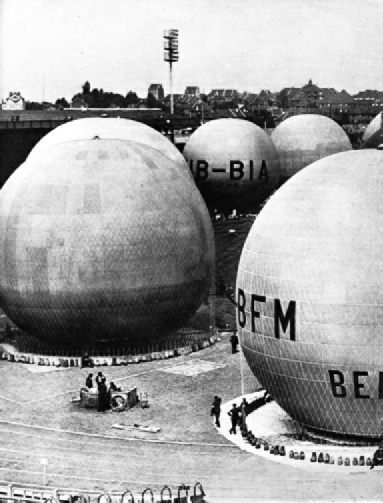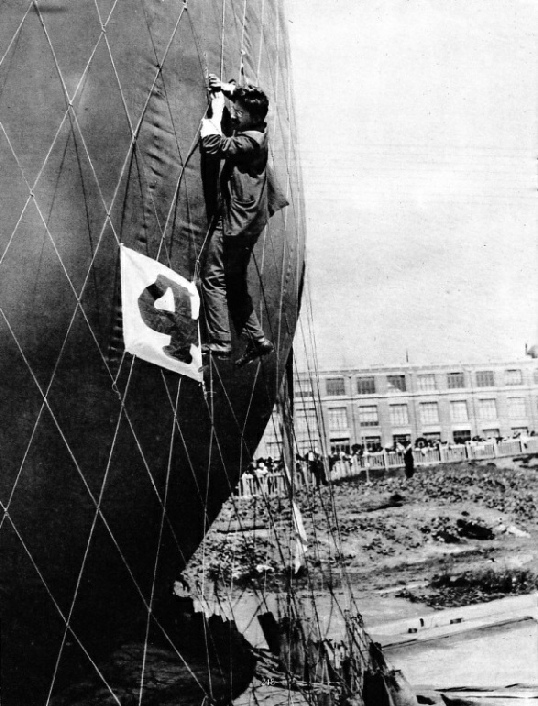
© Wonders of World Aviation 2015-


Part 9
Part 9 of Wonders of World Aviation was published on Tuesday 3rd May 1938, price 7d.
This part included a central photogravure supplement showing aspects of ballooning. This section illustrates the article on the Romance of Ballooning.
The Cover
Our cover illustration this week shows the Royal Envoy, G-AEXX , bought in 1937 by the Air Council for the King’s Flight. A standard Envoy with a specially arranged cabin, the aircraft is painted in the Guards colours and has silver wings.
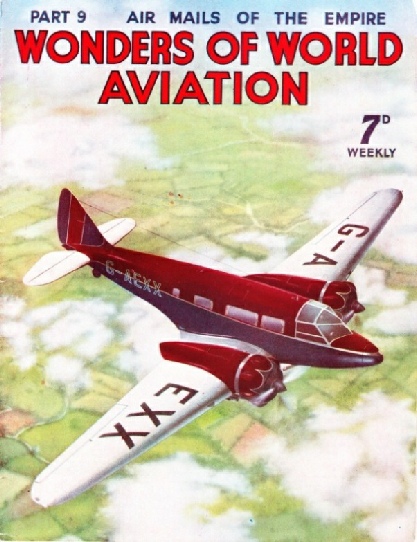
Contents of Part 9
Flight of the “Eagle” (Part 2)
The story of the first serious attempt to fly to the North Pole, by Salomon Andrée. This chapter is concluded from part 8.
Air Mails of the Empire
The aeroplane and the flying boat have brought about a revolutionary change in world communications. Letters and postcards for most European countries and for certain Empire countries are now forwarded by air in ordinary course. Not only do letters now reach their destination far more quickly than in former days, but the service is much more frequent.
A balloon is a gas-
Romance of Ballooning Photogravure Supplement - 2
BALLOONS INFLATED FOR THE GORDON BENNETT RACE in 1937. Before inflation is begun, a balloon is laid out on the ground beneath its net. The gas is forced through the neck at the bottom of the envelope, and as the envelope lifts, bags of ballast are removed sot that the procedure is unhampered.
Romance of Ballooning
Photogravure Supplement
READY TO TEST INSTRUMENTS for use in the attempt on the world’s height record in 1935. On the left is Captain Orville A. Anderson, who, with Captain Albert W. Stevens, made a height record of 74,000 feet in a specially constructed United States stratosphere balloon. The balloon in which the instruments were tested was of ordinary type, and the instruments proved to be satisfactory for a stratosphere attempt.
Romance of Ballooning
Photogravure Supplement - 3
MAKING ADJUSTMENTS TO THE NET of a balloon before attaching the basket. It is important that the net should be evenly distributed over the envelope. The strength of the net may be gauge by the way in which this member of the balloon’s crew is clambering about on it. The numerous bags of ballast for holding down the balloon are seen at the bottom of this picture.
This chapter describes manoeuvres which teach taxying, taking-
This article is the third article in the series Learning to Fly.
Soviet Arctic Aviation (Part 1)
The aeroplane as a key to commerce in the frozen North of Europe and Asia. Nearly half the territory of the Union of Soviet Socialist Republics lies north of the 62nd parallel, and this vast area is being developed with the aid of the aeroplane. This development is controlled by the Central Administration of the Northern Sea Route, which was founded in 1932. Dr Otto J. Schmidt, known in Russia as Commisar of the Ice, was made head of this administration. This chapter is concluded in part 10.
